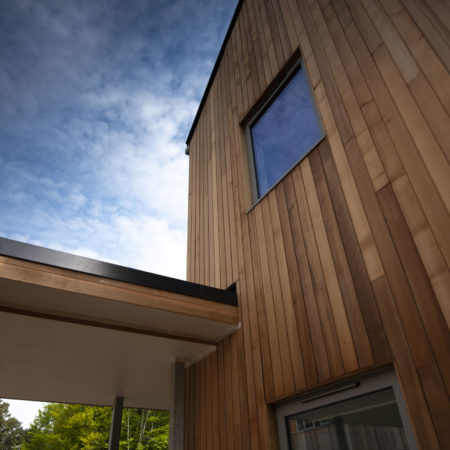From Marginal Productivity Gains to Real Economies of Scale
If you standardise design elements of new school building programmes, do you always get measurable economies of scale? Historically the answer was no. But, like so much else in construction, the potential to achieve real economies of scale is being transformed by new technology.
Logically, the design phase will be more efficient if you don’t start every project with a completely blank canvas. But the history of education construction (and construction in general) suggests that marginal productivity gains are the best you could hope for once you move into the delivery phase.
The deep economies of scale that come in other industries when you spread overheads over multiple identical units haven’t applied.
In a traditional construction model, design and development are not integrated. So even if there are standardised design elements, these have to be built through a largely manual process by different people in different places.
Two largely identical school buildings are essentially two different construction projects with some similarities in design and specifications. This is why productivity gains were marginal.
From Multiple ‘One-Offs’ to Mass Production
But time and technology move on. Whether you call Osborne’s InForm product for education modular, system build, manufactured construction or just MMC, the important point is that the design and delivery phases are better integrated.
This is closer to a mass production model used in manufacturing. The process for producing and assembling the common elements that make up the majority of the new building is fully repeatable. It becomes more efficient the more times each element is reproduced. Logistics and the supply chain are streamlined around a process with fewer variables, risks and unknowns.
The economies of scale that come from standardised design and production extend right through the building life-cycle. It isn’t just ‘design for manufacture’, it’s also ‘design for easy maintenance’.
Continuous Improvement
When you link common design elements to a controlled and repeatable process, continuous improvement comes into its own. This is an environment where small improvements to designs and processes are easy to implement. It’s also one where small improvements accumulate to deliver significant time and cost savings over multiple projects.
The advent of modern construction systems like InForm for education means that measurable economies of scale can at last be delivered by standardising not just school building designs but production and assembly also.
For more information about Osborne’s InForm product for education contact Richard King ([email protected]) or visit our resource centre.

